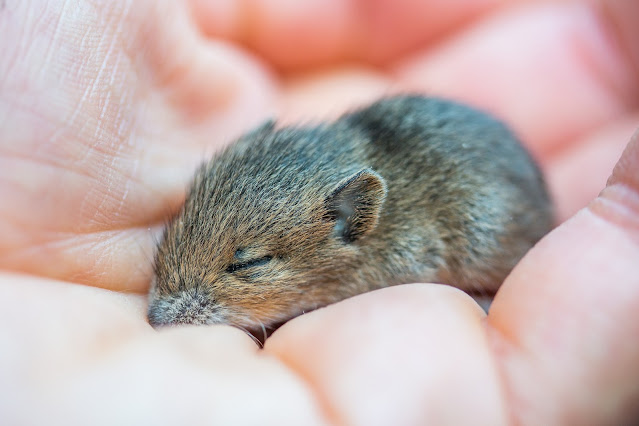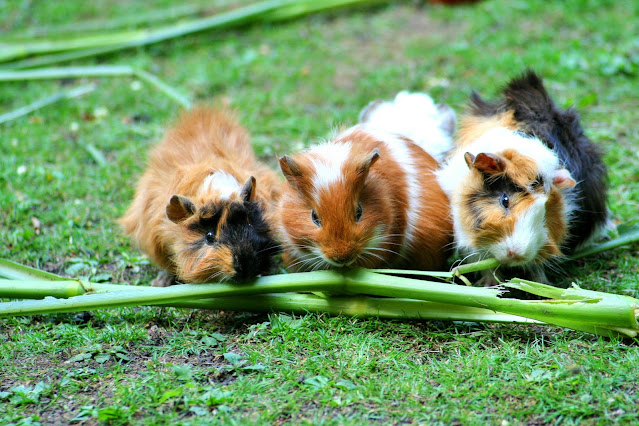Pet mice are engaging to watch, are not difficult to really focus on, and set not very many expectations for their proprietors. They are a piece sketchy and harder to deal with than a few bigger rodents, like rodents, yet they can figure out how to be OK with taking care of, particularly whenever restrained since early on. Pet mice arrive in a wide exhibit of varieties with genuinely short fur. Their adjusted ears and long tail have insignificant fur. As nighttime creatures, mice will commonly be generally dynamic around evening time and rest as the day progresses. As far as their consideration, they require quality rat food and customary living space cleanings.
Mouse Behavior and Temperament
Mice are social creatures and like living with individuals from their species. A couple of females is the most straightforward plan, however a little gathering of females is fine as well in the event that you give the enclosure space. Try not to let sets of guys live respectively except if they were littermates, never isolated, and have a sufficiently huge enclosure that they can have their own space. New guys are probably going to battle. Likewise, try not to hold guys and females together except if you need loads of child mice in a short measure of time.
Get mice far from other family pets to stay away from any pressure and injury. In any case, they can figure out how to be agreeable around people, and many can become hand-tame. Nonetheless, mice that are not acclimated with taking care of — or mice that are not taken care of delicately — could chomp. Unseemly dealing with likewise can harm a mouse. For example, a tumble from even only a couple of feet can cause serious harm, as can holding a mouse by its tail. It is ideal to hold the mouse simply over your lap or some other delicate surface in the event that it gets away from your hands.
Mice hush up pets, however their nighttime exercises could keep you up on the off chance that their nook is close to your bed. Plan to put in a couple of hours out of every week on feedings and keeping the living space clean.
Size Information
Mice stretch around 5 to 7 inches long from nose to tail. Their bodies alone are approximately 3 inches long. What's more, they weigh around an ounce. Mice arrive at development at around 2 months old.
Lodging
The size of the enclosure you will require relies on the number of mice you hold together. A 10-gallon aquarium with a protected cross section top or a likewise estimated wire enclosure ought to be reasonable for one to four mice. Wire confines offer better ventilation, however you should ensure the bar separating is thin enough that your mouse can't just barely get through. Flat bars, as well as enclosures with various levels, are ideal to give climbing amazing open doors. Stay away from confines with wire floors; a strong deck is significantly more straightforward on the mice's feet.
Measured plastic enclosures implied for hamsters additionally can be reasonable for mice. Be that as it may, they frequently are trying to clean and are at times ineffectively ventilated. A decided mouse could try and bite through the plastic.
Moreover, mice generally love running on practice wheels (with a strong surface, as wires can be unsafe), burrows, and toys, including:
- Wood bite blocks
- Little cardboard boxes
- Stepping stool
- Cotton ropes
- Paper towel or bathroom tissue tubes
- Little willow balls
Other than different toys, the environment likewise ought to have a home box or other sort of sanctuary where the mice can go to have a solid sense of reassurance. Keep the enclosure out of drafts and away from direct daylight.
Explicit Substrate Needs
On the floor of the territory, add a few creeps of aspen shavings or undyed paper bedding. Stay away from cedar and pine bedding because of their oils that can be hurtful to mice.Also, offer settling material, for example, segments of facial tissue, paper towels, or roughage. Clear out settling material consistently or two (regular changes can be problematic) except if it becomes grimy. Change the sheet material and clean the fenced area with gentle cleanser and water week after week.
What Do Mice Eat and Drink?
Mice ought to be taken care of with a formed rat pellet that is around 16% protein, 18% fiber, and 4% fat. Follow the sack name for the amount to take care of, and confirm that with your vet. Mice will generally brush during their waking hours (and could try and awaken during their dozing hours for a bite). So consistently keep a little earthenware bowl loaded up with a day of food in their environment. Discard uneaten food following 24 hours, and renew the bowl.
You can enhance your mouse's eating routine with seeds and grains, as well as new leafy foods. A few choices incorporate broccoli, peas, apples, carrots, and cucumber. Counsel your vet in regards to the amount and recurrence of these supplemental food varieties, as this can fluctuate in light of a mouse's size and action level. Place new food varieties in a different dish from the pellets, and dispose of them following a couple of hours to forestall deterioration. The best opportunity to take care of is at night as the mouse is awakening and searching for food.
Additionally, consistently have new water accessible for your mouse. Utilizing a water bottle connected to the nook is great, as it's not difficult to keep clean. Yet in addition keep a water dish in the nook until you're certain the mouse is utilizing the container. Revive the water everyday.
Normal Health Problems
Growths are normal in mice; typically, they are dangerous and lethal.
Signs incorporate a noticeable bump or expanding joined by torpidity as well as weight reduction. A few growths can be precisely eliminated yet are probably going to repeat.
One more extreme and normal medical issue in mice and other pet rodents is wet tail, a gastrointestinal illness brought about by an overpopulation of microscopic organisms in the gastrointestinal system. It can advance rapidly and be deadly whenever left untreated. Side effects incorporate loose bowels, dormancy, absence of craving, and trouble walking.An fascinating creature veterinarian can treat the condition with antimicrobials.
Preparing
To start restraining your mice, invest energy around their fenced area, so they become used to your presence. Offer a few most loved treats (attempt millet or sunflower seeds) manually. This frequently prompts the mice strolling on your hands, and from that point you can gradually get them. While getting a mouse, take a stab at scooping it up by measuring your hand under the mouse, yet don't press or firmly handle the mouse's body.
Work out
Mice need active work to assist with forestalling corpulence and other medical problems. However long you furnish a sufficiently enormous nook with an activity wheel, they ought to have the option to meet their action needs. You likewise can give them out-of-confine time in a solid spot, for example, a youngster pool with sides excessively high for your mice to climb. Continuously screen your mice when they're out of the fenced area.
Preparing
Mice are very perfect creatures that much of the time groom themselves. They don't need showers. However, infrequently they could require some assistance with their dental prepping. Mouse teeth develop constantly all through their life, and they normally wear them out by chewing on their food and different articles. Once in a while, however, the teeth become congested and require managing by a vet.
Upkeep Costs
Your essential continuous expenses for pet mice will be their food and bedding. Consistently, plan to spend around $20 to $30. You'll likewise occasionally need to supplant bite toys and other worn things in the natural surroundings, costing around $20 by and large. Also, make certain to plan for routine tests and crisis veterinary consideration.
Stars and Cons of Keeping a Mouse as a Pet
Mice hush up pets, and they don't occupy a ton of room. They're additionally friendly animals who can figure out how to be alright with you taking care of them. Nonetheless, they are delicate and require a delicate hand. Besides, they aren't extremely extensive pets.
Comparable Exotic Pets to the Mouse
Assuming you're keen on pet mice, additionally look at:
- Hamster
- Guinea pig
- Gerbil
- Buying or Adopting Your Mouse
Mice regularly can be found at pet shops. Nonetheless, it's generally expected to go to a legitimate reproducer or salvage association. They commonly can give better data in regards to their creatures' wellbeing and history, and they could try and deal with their creatures to tame them. Hope to pay somewhere in the range of $5 and $10 overall, however this can fluctuate in view of elements like the creature's age.
Mice are perhaps the most reasonable pet, costing $5 to $10. Most pet stores convey them. Search for a pet store or raiser that isolates guys and females very early in life. Mice can imitate by around 6 to about two months old enough, albeit this is extremely upsetting on the female and not suggested.
Multiplication/Breeding
Neighborhood fascinating creature veterinarians frequently can suggest a decent reproducer or salvage. The primary advantage of going to a reproducer is you'll probably have a more extensive determination of more youthful creatures. However, salvage bunches frequently have a nice choice too. Visit with the mice prior to choosing one, and confirm that they are kept in a perfect environment.
While choosing your mouse, search for a ready creature with a smooth, clean coat and pink, clean skin. The eyes and nose ought to be liberated from release, and the mouth and butt-centric region ought to be spotless and dry. Its droppings ought to be very much framed and not watery. Likewise, the mouse's breathing will be moderately quick however ought not to be toiled or boisterous.
Ensure the merchant keeps its male and female mice separated, as mice can begin to duplicate at around 6 to abo







.png)

.png)
.png)
.png)











